


| Annalee Levin ...to a company that made something | ||||
 | ||||
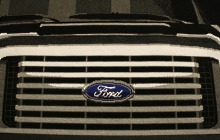 |
||||
| ...to a company that made something | ||||
 | ||||
 | ||||
 | ||||
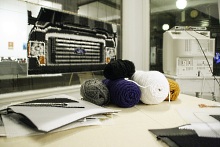 |
 |
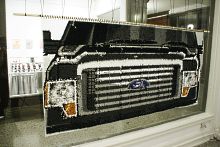 |
||
| Installation view |  |
Installation view | ||
 | ||||
 | ||||
 | ||||
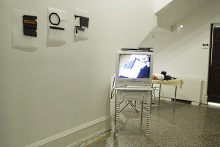 |
 |
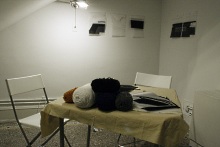 |
||
| Installation view |  |
Installation view | ||
 | ||||
 | ||||
 | ||||
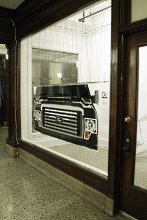 |
 |
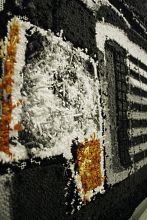 |
||
| Installation view |  |
Installation view | ||
 | ||||
 | ||||
 | ||||
|
Press Release
Annalee Levin – ...to a company that made something Since cars became the common means of transport and conquered the planet, artists have paid homage to this product of engineering ingenuity. For Fluxus artist Wolf Vostell, the car was the most important piece of sculpture of the 20th century. He used it for his installation work, reminding both sides of the "Spirit of Ecstasy": the fun and the risk, the danger of a possibly deadly accident, a risk which is fully accepted and often ignored. Vostell used concrete for his car sculptures and demonstrated in a very virile way what this symbol of freedom, individuality and speed meant to us. Annalee Levin approaches this subject from another perspective. In the title of her show she refers to an employee at the Ford Motor Company who explained why he chose to take a job with Ford over a job in investment banking with the words, "I felt it was really important to go to a company that made something." Ford is legend. Founded by Henry Ford in 1903, the company introduced and successfully established the assembly line for large-scale manufacturing of cars and thus provided a method for mass production in every domain. Ford also became famous for his social theory, an economic and social system based on industrial mass production. Workers were paid higher wages, so they could afford to purchase the products they made. Nowadays Ford is the second largest automaker in the U.S. and the fifth-largest in the world. Annalee Levin has created her own tribute. She realized the front of the top selling Ford truck with its typical brand on blue ground in embroidery, combining a still male preserve with a very traditional female technique, practiced by women over the centuries passing on traditional patterns, symbols and images. Like cars are today, monumental embroidered wall hangings were, since the middle ages, symbols of prestige. Many of them were telling stories and celebrating historic events. Embroidery deserves accuracy in developing the concept and the image. It requires patience and dexterity.
The truck is embroidered by hand in the style of a needlepoint using yarn and plastic canvas. I see the act of embroidery as an obsessive manifestation of devotion. I am interested in the way in which people use embroidered pillows and wall hangings as canvases to display what is loved or important to them. What does it mean to live in a culture full of cars and to love a truck? - Annalee Levin Annalee Levin creates an unusual homage both to man and women and their traditional domains, to history and present, to the power and the incapacity of social theories, a tribute full of tension between mass production and handcraft. ANNALEE LEVIN is originally from Las Vegas, Nevada. She is currently an MFA candidate at the School of the Art Institute of Chicago in the sculpture department and will graduate this spring. She received her BA from Macalester College in 2008. After graduating from Macalester, she moved to London to study technical hand embroidery at the Royal School of Needlework. She plans to return to London in the future to continue her embroidery studies. |
||||
 | ||||
| View the Work | ||||
 | ||||


